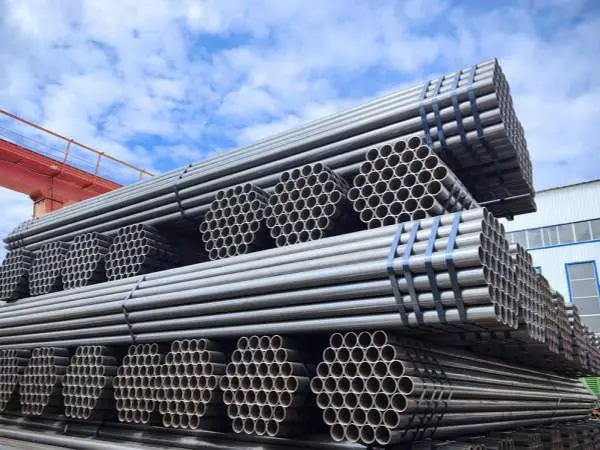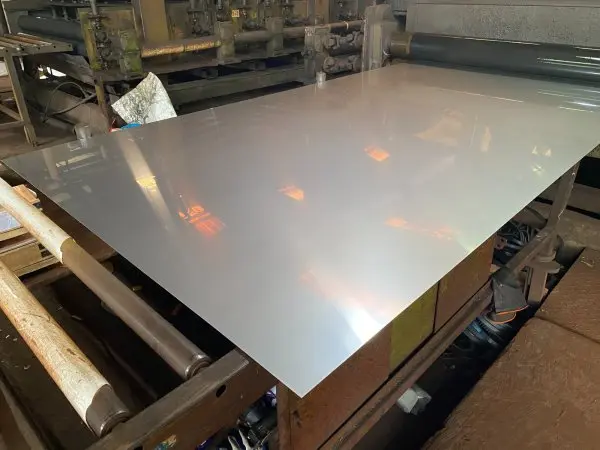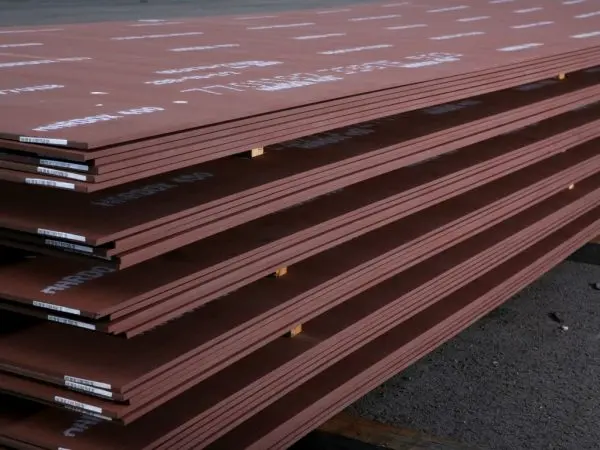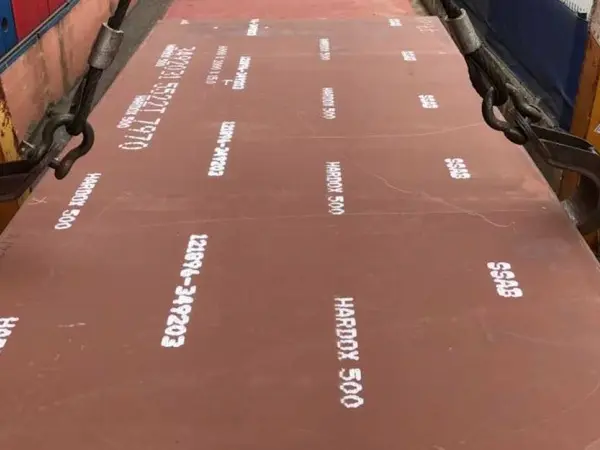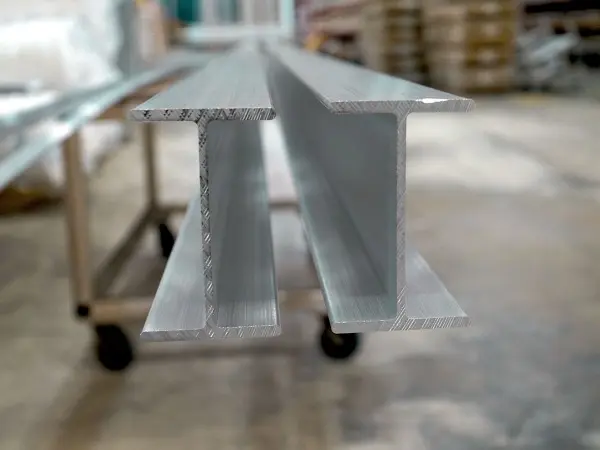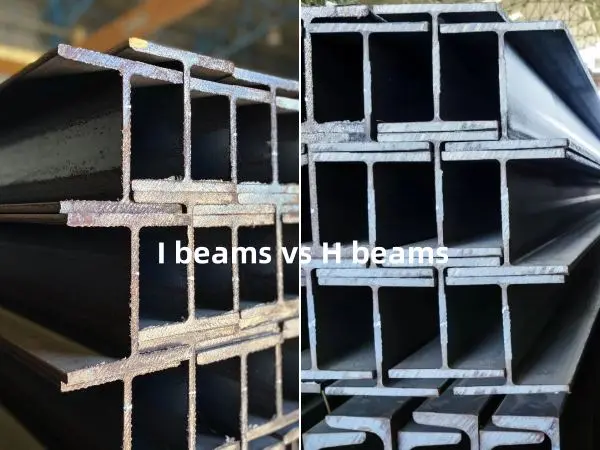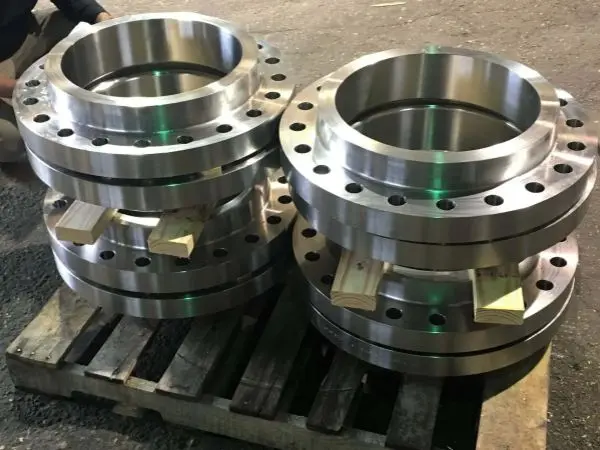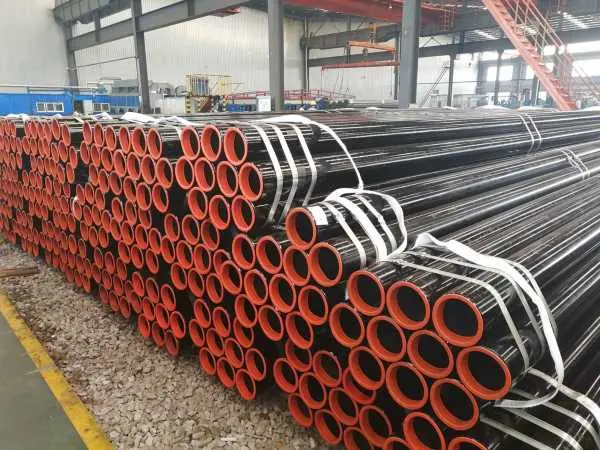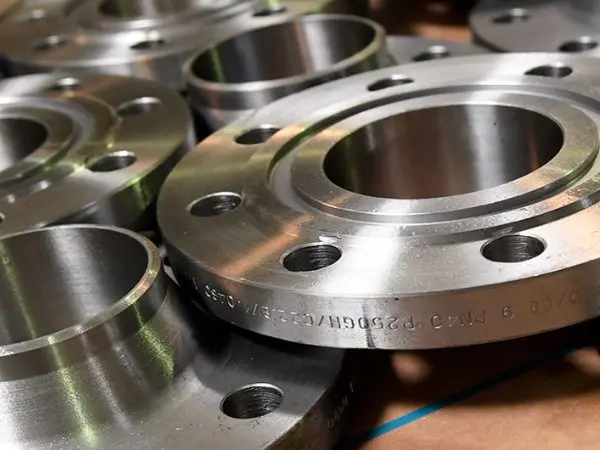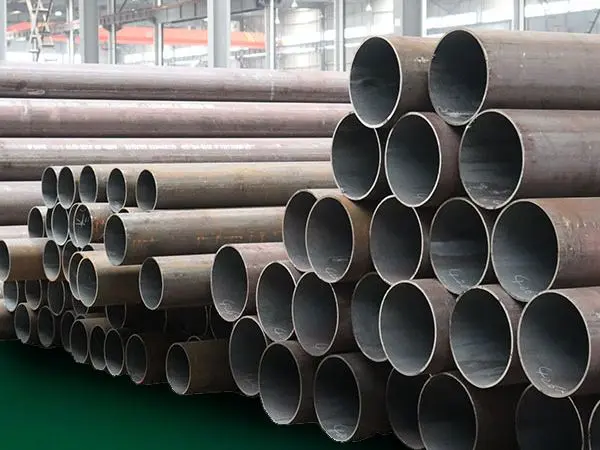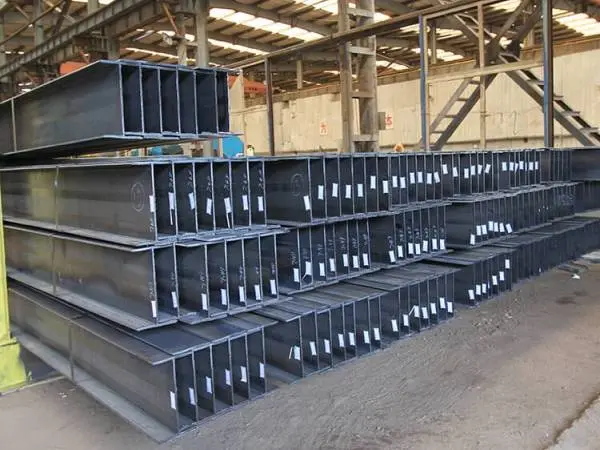-
The electrical characteristics of high-frequency welded pipes
Steel pipes serve as fundamental materials in various industries, including construction, transportation, and energy. Among them, high-frequency welded pipes (ERW pipes) have gained widespread use due to their efficient production process and superior performance. This article delves into the electrical characteristics of high-frequency welded pipes and their influence on product functionality.
2025-03-07
-
Annealing process of stainless steel plates
In the field of metal material processing, stainless steel plates are widely used across industries such as construction, automotive manufacturing, and food processing due to their outstanding corrosion resistance, high strength, and excellent processability. Among the various treatment methods, the annealing process plays a crucial role in enhancing the material’s properties. But what exactly is the annealing process for stainless steel plates, and why is it so important?
2025-03-07
-
What is Hardox steel plates?
Hardox steel is a highly durable, wear-resistant steel developed by SSAB, a Swedish steel manufacturer. Known for its ability to withstand extreme mechanical stress with minimal wear, Hardox is widely used in industries that require long-lasting, heavy-duty materials. Due to its exceptional strength, it is often referred to as a "wear plate" and is extensively utilized in applications such as tippers and excavator buckets, where it enhances durability and extends service life.
2025-03-06
-
Key differences between Hardox 400 and Hardox 500 plates
Hardox 400 and Hardox 500 are both wear-resistant steel plates manufactured by SSAB, widely used in industries that require high durability and abrasion resistance. While they share many characteristics, they differ in hardness, application, and overall performance.
2025-03-06
-
All about I beams in structural steel construction
In the construction of large buildings, one essential structural element plays a critical role in ensuring stability—the I-beam. Hidden behind walls and ceilings, these steel beams bear the weight of entire structures, providing the necessary support to keep them standing. This article explores the design, functionality, and applications of I-beams in construction.
2025-03-05
-
What is the difference between I beams and H beams?
Although I Beams and H Beams appear similar and are sometimes used interchangeably, there are distinct differences that set them apart.
2025-03-05
-
How to to judge the reliability of flange manufacturer's product quality?
A reliable flange manufacturer possesses mature production technologies, strict quality control systems, and comprehensive testing methods. They carefully screen raw materials to ensure compliance with industry standards and follow precise processing and assembly protocols to guarantee product accuracy and sealing performance. Additionally, these manufacturers conduct thorough product testing to ensure every flange meets user requirements. So, how can you assess whether a flange manufacturer produces high-quality, reliable products?
2025-03-04
-
How to identify high quality carbon steel pipes?
When selecting carbon steel pipes (CS pipes), quality is paramount. High-quality carbon steel pipes are known for their strength, durability, and corrosion resistance. This guide will provide essential tips on how to identify top-grade carbon steel pipes.
2025-03-04
-
Inspection standards for pipe flanges
Pipe flanges play a crucial role as connecting components in various industrial applications. To ensure their quality and operational safety, rigorous inspections are necessary. Below are the key inspection standards for pipe flanges.
2025-03-03
-
Rust removal methods for seamless carbon steel pipes
Seamless carbon steel pipes are long, hollow steel tubes without welded seams. Compared to solid steel, such as round steel bars, seamless carbon steel pipes offer a lighter weight while maintaining excellent bending and torsional strength, making them an economical choice for structural applications. This article will briefly introduce rust removal methods for seamless carbon steel pipes.
2025-03-03
-
Advantages and disadvantages of H-beam
An H-beam, also known as a universal steel beam, wide flange I-beam, or parallel flange I-beam, gets its name from the distinctive shape of its cross-section, which resembles the uppercase letter "H." Its structure typically consists of two main parts: the web (or waist) and the flange (or edge). While it may resemble a standard I-beam when viewed from the side, H-beams differ in that the flanges' inner and outer sides are almost parallel, with the ends forming right angles.
2025-02-28
-
What are the ASTM specifications for steel H-beams?
ASTM International is a global organization that establishes standardized guidelines for the production of steel. These standards are crucial for steel manufacturers, as they outline the materials, mechanical properties, chemical properties, and metallurgical characteristics of different steel types. In the United States, ASTM standards are widely used to determine the grades of steel H-beams and steel wide flange beams. This article will briefly introduce what are the ASTM specifications for steel H-beams.
2025-02-28

